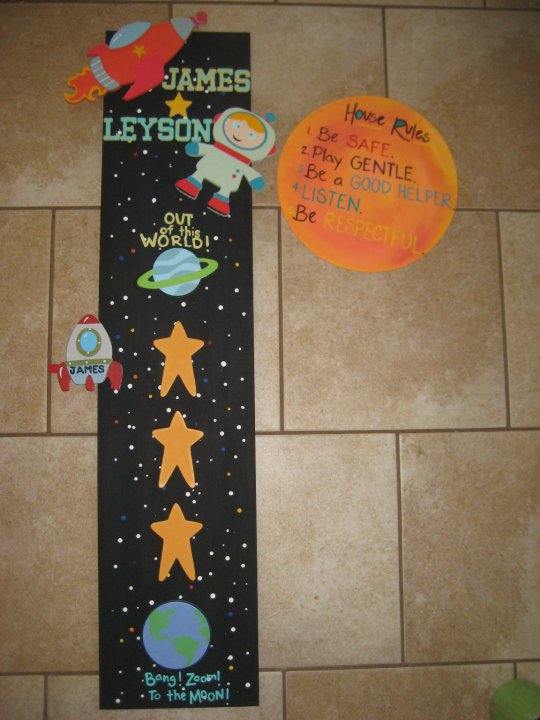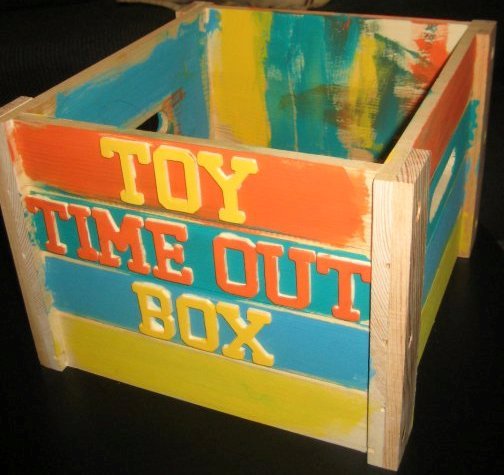These posts on behavior may be lengthy, and may seem taxing at first, but I have a feeling that if you bite the bullet and get into the habit of consistently following a plan of action, you will be glad you did.
If you made some “house rules” yesterday, you now need a way to follow up with them. So, after talking about and setting the rules, a great thing to talk about with your child is what will happen if they do/don’t make these good choices.
It is important to sequence consequences from light to heavy because that way each child knows the weight of their choices. So you might give a verbal warning first, “You may not jump on mommy’s couches. This is your warning. If you jump from couch to couch again, you will go to time out.” If the behavior happens again you follow through and issue the time out (one minute for each year old). If there is a third offense, inform the child that he/she is losing a privilege (and again, follow through) because he/she is choosing to disobey. Finally, if there is a fourth offense, bedtime time out.
Not only is it good to have these consequences but it is great to give young children a visual reminder of what offense they are on. A behavior chart is a great way to do that. It is a measurable, illustrated way of reminding your child of their consequences. You don’t want a bunch of empty claims… I assure you. If you learn to keep up with a behavior chart don’t forget that you are not just observing their negative behaviors. You are giving them opportunities to move UP the ladder to. If you observe your child demonstrating obedience, move their marker up to the top and encourage them that you are noticing him/her trying to be the best he can be.
Here is a picture of Casey’s behavior chart. She personalized it for James because he loves space, but the great news is…it is her business!!! She can personalize one for you too!!!
This is the consequence sequence Casey follows as well:
“1st offense, warning
2nd offense, time out (1 minute per year)
3rd offense, toy time out (loses privilege, or whatever toy he is playing with)
4th offense, room time out on his bed
(hitting or purposefully hurting someone, goes immediately to his bed)”
“The Toy Time Out box, painted by my 3 year old, is VERY necessary in our house. He gets the toy taken away until the next day. Then the next day I make him recall why it got taken away.”



As a pre-school teacher, I am a firm believer in implementing a behavior chart. I think that it provides the visual reference children need in order to recognize their behavior, and begin acknowledging that they have the power to control/change their behavior. To support their ability to change/control their behavior, I think it’s extremely important to allow students to work their way back “up” the behavior chart, if improved behavior is shown. This creates an environment where students are encouraged to have good behavior through positive reinforcement. Great giveaway Jess…you rock 🙂
I would LOVE to win a behavior chart for my son. I think he is at the age that it will start to be very useful! Very cute!
I love this chart! What a fun idea at home! I don’t have any personal children… but i do have 26 five and six year olds! I’ve been wanting to re-do my behavior chart for next year to be more effective. This might just help 🙂
🙂
I would LOVE a behavior chart! Andrew is just getting to the age where discipline is becoming more important, and I love that there are effective ways for him to learn from his behaviors! And I think I need to make a toy time-out box, too!
I’ve struggled with my two kids, but found that reward charts really helped me. I got mine from http://www.personalisedrewardcharts.co.uk and would recommend giving it a go, you can quite easily make your own chart by printing one off the net
Wonderful
Thank you, great!